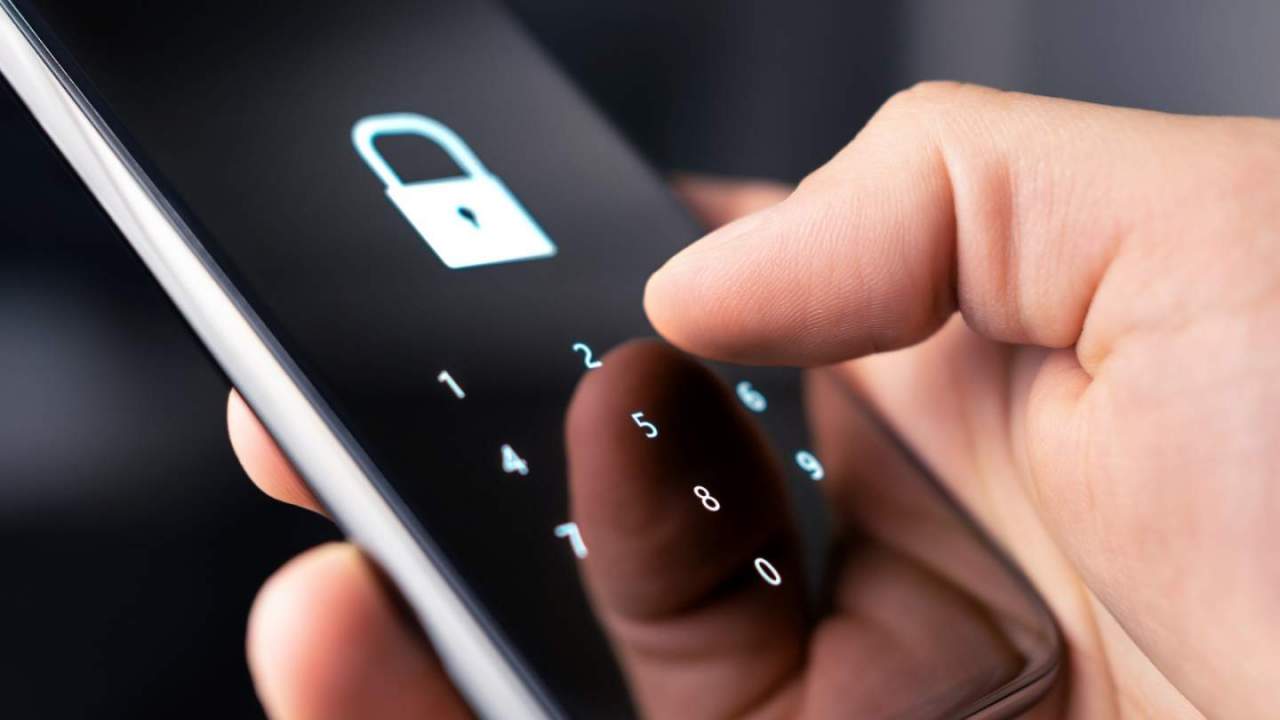
Why You Should Always Enable 2-Factor Authentication
You’ve presumably caught wind of two-factor validation eventually in the generally ongoing past, however assuming you’re similar to numerous customers, there’s a decent possibility you haven’t really utilized it yet. Assuming that is the situation, it’s an ideal opportunity to find out with regards to what, precisely, two-factor validation is, the way it works, and why you should utilize it.
What is two-factor authentication?
Set forth plainly, two-factor verification is an additional a layer of safety for your records that makes it a lot harder for gatecrashers to get to them (through Authy). The innovation works by getting a record behind an approval cycle that, commonly talking, rotates around the client’s cell phone.
Accounts secured with two-factor validation actually require the client to sign in with their username and secret phrase. In any case, effectively entering those accreditations will not give admittance to the record. All things considered, the client will then, at that point, be provoked to finish the second confirmation strategy (henceforth the term two-factor) to move beyond the security divider.
Much of the time, two-factor validation includes sending either a brief to an application on the client’s telephone for them to tap, affirming that they’re the individual endeavoring to sign in, or by messaging a code to their telephone number that should be physically gone into the two-factor security brief. The thought is that while somebody might get familiar with your username and secret key, they’re not likely ready to actually get to your telephone.
Different methods
Some two-factor validation processes use an authenticator application rather than an instant message. This is on the grounds that, tragically, messaging a sign-in code will not secure your record assuming you’re the survivor of a SIM trade assault (through PhishLabs). The most widely recognized variant of a SIM trade assault includes calling the casualty’s remote supplier, claiming to be the record holder, and persuading the client support specialist to port the telephone number over to the programmer.
An authenticator application, in examination, is a lot harder to think twice about, keeping the interloper out of the record. The applications work by checking a QR code introduced to the client when they turn two-factor verification for in them. Examining the QR code interfaces the record to the authenticator application, which produces a remarkable code that vanishes and is supplanted each moment or thereabouts.
Why you should use it
The hours of having the choice to handily get your records behind a username and mystery key are done. Security breaks including the thievery of login capabilities have become more ordinary, and this information is routinely sold on the faint web to software engineers and convicts interested by extortion (through ID Agent). At the point when your capabilities are spilled, any person who has them can endeavor to sign in to your record.
Two-factor check provides you more control over the entire collaboration by confining logins just to the people who know the sign-in confirmations, yet who furthermore approach your phone (or, once in a while, email) to recuperate the right code. But on the off chance that you’re a high-profile individual, it’s dubious the not unexpected developer will lounge around endeavoring to move past your two-factor approval when there are other, less secure records they can target.



Average Rating